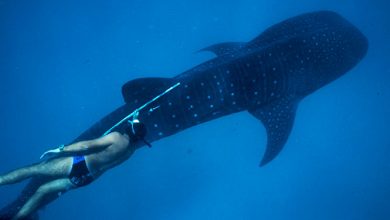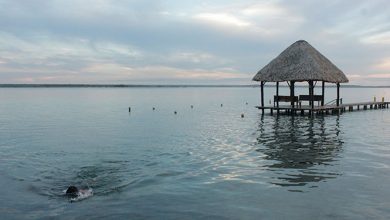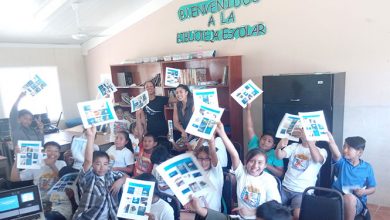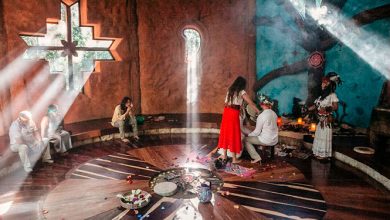Children of the Ancient Maya Society
The Maya society was characterized by having a considerable difference between social classes.
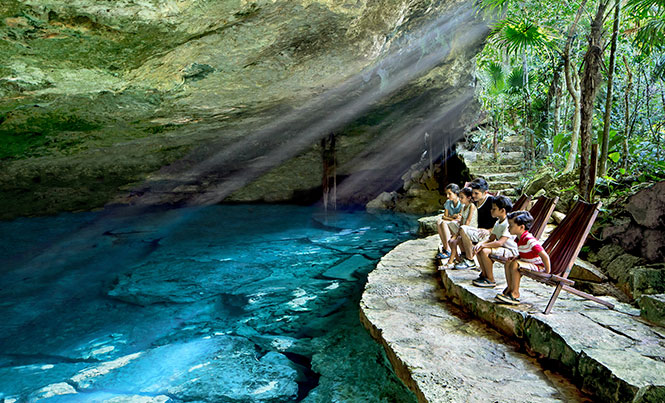
The Maya society was characterized by having a considerable difference between social classes. The first and highest was the priestly class, the most cultured since they knew how to read and organized the calendar through astronomy and mathematics.
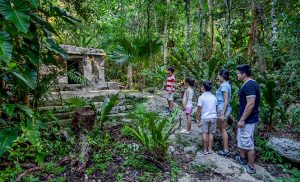 The second group was the nobles and warriors, the former were officials and administrators of the city-state, and the latter occupied defense and expansion.
The second group was the nobles and warriors, the former were officials and administrators of the city-state, and the latter occupied defense and expansion.
Merchants maintained a close relationship with the higher sectors and shared a good part of their customs. The lower class was comprised of artisans and peasants, called ah chembal uinicoob; they had to work and also pay tributes to the high civil and religious dignitaries.
In general, the peasants were in the jungles, grouped in small communities; they lived quite a distance from the center of the cities, but close to the cultivation grounds.
For both men and women, their future and work was dictated by a priest through the horoscope. The children were educated or instructed depending on the caste to which they belonged. For example, the noble-class Maya youth were instructed in writing, calculus, liturgy, astrology and genealogy. Children of the warrior class were trained in military arts, while children of peasants collaborated in planting, harvesting, hunting, fishing, among other activities.
At age 12, they were baptized consecrating them for public life, meaning that from this age they left their home to be integrated into educational sites that had an internship regime. Such places were classified according to the origin of the children; in other words, they didn’t mix.



